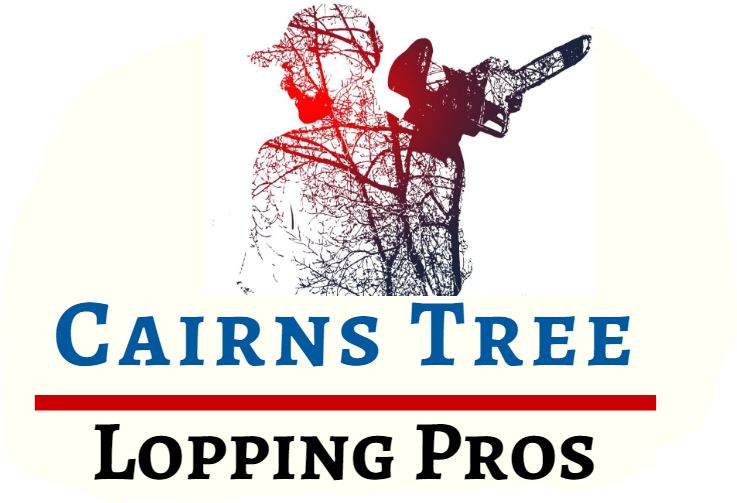Written by Bonnie L. Grant and published on https://www.gardeningknowhow.com/.
You’ve invested time and money in your landscape but landscapes evolve and mature over the years. At some point, you may need to make changes. These changes could include moving established trees or shrubs.
Replanting a tree after you’ve removed it from the ground may seem like a daunting task. But with proper instruction, novice gardeners can replant most smaller trees. By evaluating the tree’s condition and maintaining an intact root ball, you’ll be able to keep the tree healthy until you’re ready to plant it. If you plant the tree carefully into the new location and take routine care of the plant, your tree is more likely to survive transplanting!
Table of Contents
Transplanting Trees And Shrubs: How And When To Move Trees In Landscape
When to Move Trees
How to Transplant a Tree or Shrub
- Give deciduous trees with a 1 inch (2.5 cm.) trunk diameter a minimum root ball size of 18 inches (46 cm.) wide and 14 inches (36 cm.) deep. For a 2 inch (5 cm.) diameter trunk, the root ball should be at least 28 inches (71 cm.) wide and 19 inches (48 cm.) deep.
- Deciduous shrubs that are 18 inches (46 cm.) tall need a root ball 10 inches (25 cm.) wide and 8 inches (20 cm.) deep. At 3 feet (91 cm.), allow a root ball of 14 inches (36 cm.) wide and 11 inches (28 cm.) deep. A 5 foot (1.5 m.) deciduous shrub needs a root ball 18 inches (46 cm.) wide and 14 inches (36 cm.) deep.
- Evergreens with a branch spread of about a foot (31 cm.) need a root ball 12 inches (31 cm.) wide and 9 inches (23 cm.) deep. Evergreens with a 3 foot (91 cm.) spread need a root mass 16 inches (41 cm.) wide and 12 inches (31 cm.) deep. A 5 foot (1.5 m.) spread means that the plant needs a 22 inch (56 cm.) diameter root ball that is at least 15 inches (38 cm.) deep.
Here are some tree moving tips to help to transplant go as smoothly as possible:
- Prepare the planting hole before digging up a tree. It should be about three times as wide and the same depth as the root ball. Keep the subsoil and topsoil separate.
- Tie up the branches with twine or strips of burlap to keep them out of the way while moving the tree.
- Mark the north side of the tree to make it easier to orient it in the right direction in the new location.
- Trees are lighter and easier to handle if you rinse off the soil before moving the tree. You should only remove the soil from trees and shrub roots when the trunk diameter is greater than an inch (2.5 cm.), and only when moving dormant trees.
- Set the tree in the hole so that the soil line on the tree is even with the surrounding soil. Planting it too deep leads to rot.
- Fill in the hole, replacing the subsoil to the proper depth and finishing the hole with topsoil. Firm the soil with your foot as you fill, and add water to fill the hole when it is half full of soil to remove air pockets.
- For the first few weeks, water often enough to keep the soil moist but not saturated. 2 to 3 inches (5-8 cm.) of mulch helps the soil retain moisture. Don’t allow the mulch to come in contact with the trunk of the tree.
Original post here https://www.gardeningknowhow.com/ornamental/trees/tgen/vehicle-damage-to-trees.htm.

